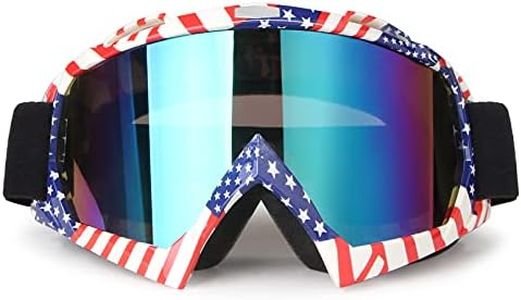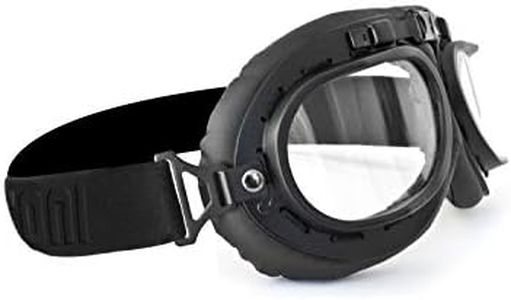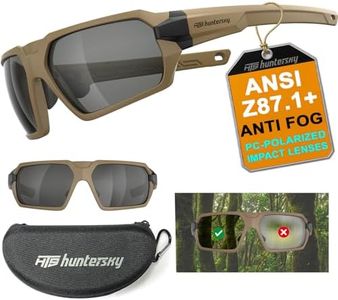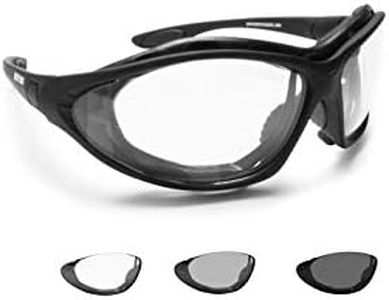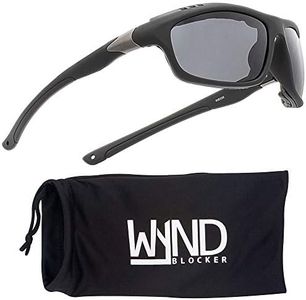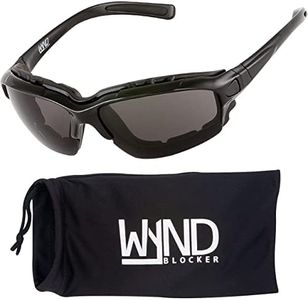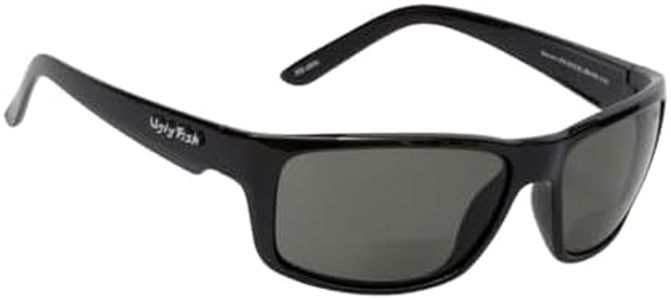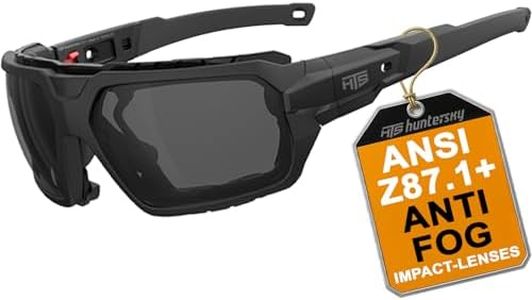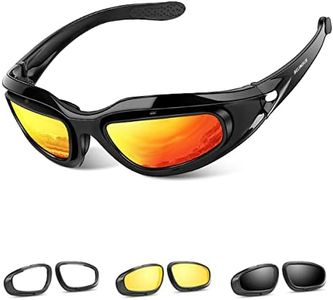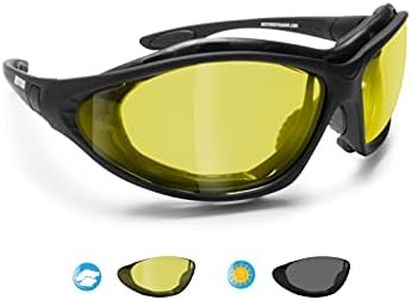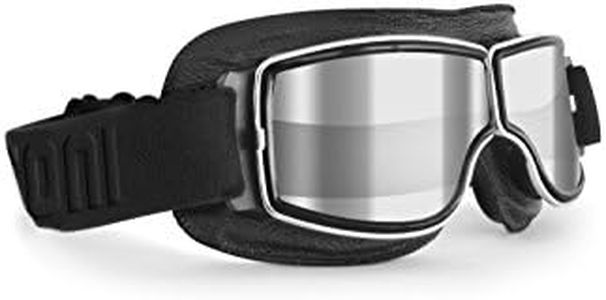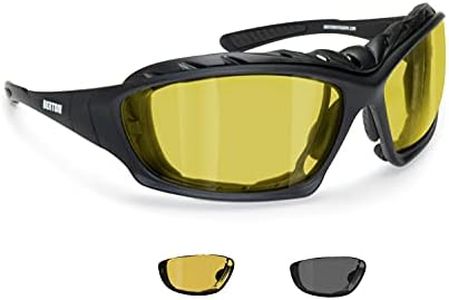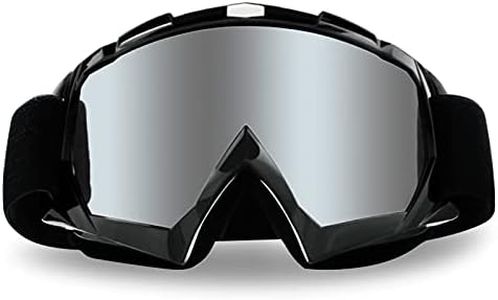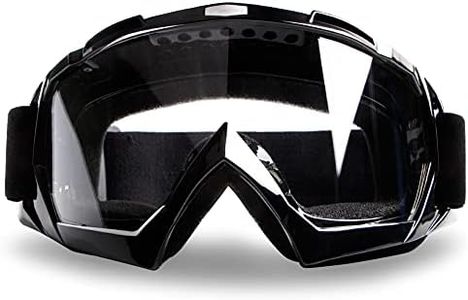We Use CookiesWe use cookies to enhance the security, performance,
functionality and for analytical and promotional activities. By continuing to browse this site you
are agreeing to our privacy policy
10 Best Motorcycle Riding Glasses
From leading brands and best sellers available on the web.By clicking on a link to a third party's website, log data is shared with that third party.
Buying Guide for the Best Motorcycle Riding Glasses
Choosing the right motorcycle-riding glasses is about balancing safety, comfort, and your riding habits. A good pair will protect your eyes from debris, wind, and harmful UV rays while ensuring you can see clearly on the road. Consider where you ride most often—urban streets, countryside, or highways—and the typical weather conditions you face. Most importantly, look for features that enhance both protection and overall riding experience. The glasses you select should suit the shape of your face, fit well under your helmet, and not cause discomfort during long rides.Lens MaterialThe lens material in motorcycle-riding glasses is crucial for both safety and visual clarity. Common options include polycarbonate, glass, and acrylic. Polycarbonate lenses stand out because they are impact-resistant and lightweight, making them a top choice for protection and comfort. Glass lenses offer superior clarity but can be heavier and prone to shattering in a crash, while acrylic is more affordable but less durable. For most riders, polycarbonate offers the ideal balance, especially if you're seeking reliable eye protection in case of flying debris or accidents.
UV ProtectionUV protection refers to the glasses' ability to block harmful ultraviolet rays from the sun, which can cause eye damage over time. Glasses are typically rated for the percentage of UV rays they block, with 100% (often labeled as UV400) being the best. If you ride during the day or in sunny areas, always pick glasses that offer full UV protection to ensure your eye health and reduce glare. Partial protection may suffice for night or overcast riding, but full protection is best for most riders.
Lens TintLens tint affects how much light your glasses let through and can enhance contrast or reduce glare. Clear lenses are best for night or low-light riding, while smoke or grey lenses reduce brightness during sunny days. Yellow or amber tints boost contrast in foggy or overcast conditions. Choose a tint based on when and where you ride most; if you ride at different times, consider interchangeable lenses or photochromic lenses that adapt to lighting conditions. Pick what's comfortable for your eyes and suits the majority of your riding situations.
Fit and ComfortFit and comfort are about how well the glasses sit on your face and feel over long periods. Glasses should have padded or adjustable frames and temple arms that don't pinch. They should fit snugly under your helmet without pressing uncomfortably or shifting while riding. Foam padding helps block wind and dust. When choosing, test the glasses with your helmet and ensure they remain comfortable after several minutes of wear. If you experience any pressure points, the fit might not be right for you.
Anti-Fog and VentilationAnti-fog coating and effective ventilation are features designed to prevent your lenses from misting up, which can obscure vision. Anti-fog coatings are chemicals applied to the lenses, while some designs add small vents to allow airflow. If you often ride in humid or cold conditions or wear a full-face helmet, these features become very important. Try to pick glasses that include anti-fog measures to keep your vision clear in all weather.
Shatter ResistanceShatter resistance indicates how well the lenses and frames can handle impact without breaking into sharp pieces. This feature is essential for motorcycle riders, as it provides protection against flying debris or accidents. Glasses that meet established safety standards (like ANSI Z87.1) offer better shatter resistance. When selecting, look for products labeled as impact-resistant or compliant with safety standards, which is particularly important if you ride at higher speeds or on gravel roads.
Peripheral CoveragePeripheral coverage refers to how well the glasses shield your eyes from wind, dust, and sunlight entering from the sides. Wraparound designs excel here, offering more complete protection, especially at higher speeds. If you ride quickly or on windy days, opt for glasses that provide good side coverage, as this can reduce eye irritation and improve road safety by keeping your vision unobstructed.
